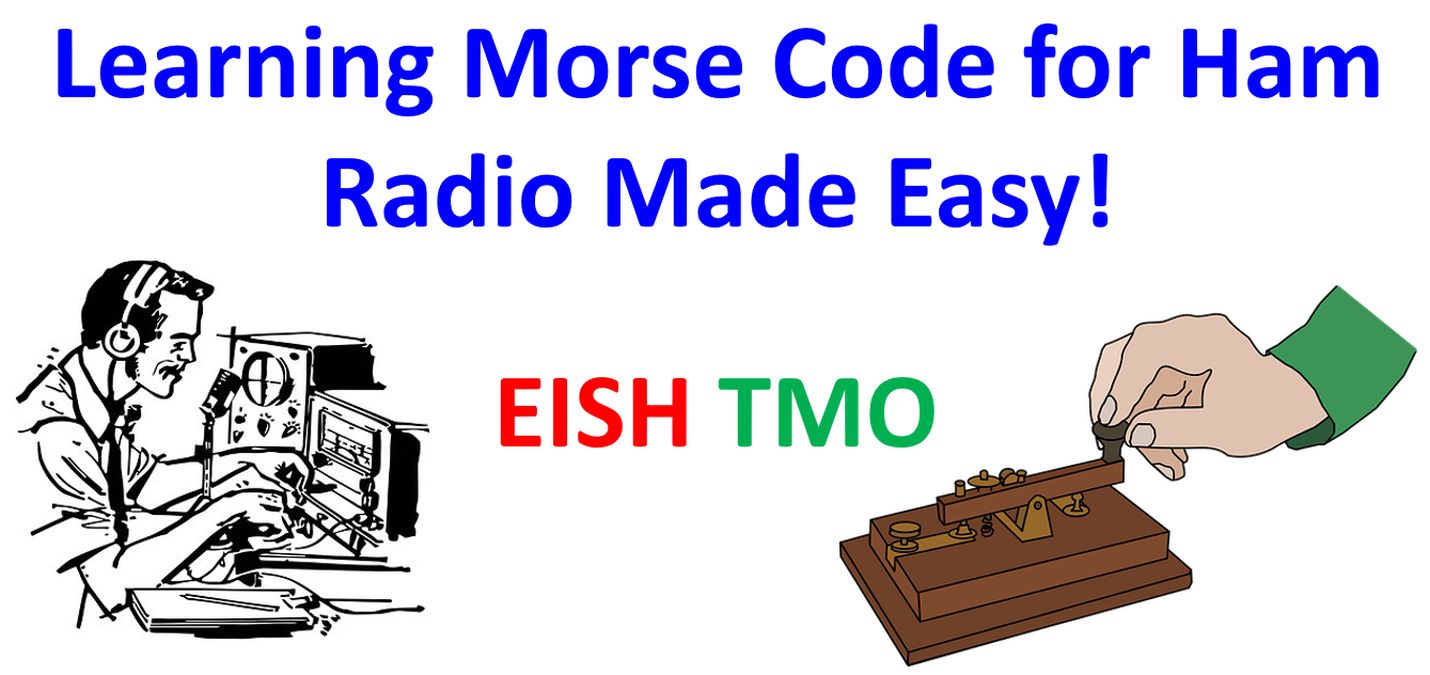Learning Morse Code for Ham Radio Made Easy!
Learning Morse Code for Ham Radio Made Easy!
Many would think that learning Morse Code is the toughest thing in Ham Radio. Not at all, once you take it easy! Even though Morse Code is now not mandatory for any class of licence in some countries, we still need it in India for General Class licence. General Class gives you authorization to use more power and modes of transmission than Restricted Class. Morse Code is considered by some as the earliest digital mode in Ham Radio. In a way it is similar because it uses only two characters like digital communications which uses only zero and one. Morse Code is still very popular among weak signal communications in outdoor activities like Parks on the Air and Summits on the Air as well as during DXpeditions.
I could work a lot of DX during my early days of Ham Radio, just because of Morse Code, which would take my signal much far away than the amplitude modulation radio which I could homebrew then. My friend VU2JOS had worked large number of DX stations on CW during those days using the popular VU2VWN QRP. CW stands for continuous wave, the other name for A1A transmissions in Morse Code. Morse Code radio is quite simple to make as you need to just make and break a carrier with a Morse Key. Audio circuits are not needed as there is no modulation, leave alone the complexities of homebrewing a single side band radio, which I have never been able to do.

First two things which you need for starting to learn Morse Code are a code practice oscillator and a good Morse key. Though people using telegraphy would call it dot and dash, in radio telegraphy of Ham Radio, we call Morse Code characters Di and Dah. Di at the end of a character group would be called Dit. First I learned the simple codes with only Di and Dah, using a simple mnemonic: EISH, TMO. E is just a Dit (.), while I is Di Dit (..), S is Di Di Dit (…) and H is Di Di Di Dit (….). T is just a Dah (-), M is Da Dah (–), O is Da Da Dah (—). So you have learned 7 of the 26 alphabets so easily! These are the letters which come most frequently in your communications.
If you have a friend studying along with you, you can use a code pracitce oscillator which produces the audio tone and the Morse key, and you can take turns sending and receiving. I did not have the help of a friend most of the time, so that I used a tape record to recorder and listen to the code which I had sent. Now you can easily record in a Moblie phone and play back, which was not available here in those days.
Next step is to find out words using these seven characters and practise sending and receiving them. An important message using only these simple characters which you have learned so easily is ‘SOS’ (Di Di Dit Da Da Dah Di Di Dit). We used to write down simple words and practise sending and receiving them. Always practise by writing down characters as you need to write during Morse test. Do not write down Di and Dah, write the character which you have recognized. Skip the characters which you could not pick up and immediately go for the next as the transmission continues, the usual strategy which you take in exams when you face a difficult question.
After you have perfected the simplest characters EISH and TMO, go for the next simpler ones like Di Dah (A) and Da Dit (N). Repeat the initial step of practising more words including EISH, TMO, A and N. You will be surprised to see the number of words you can make with such simple combinations. Next simple ones to try would be Di Di Dah (U) and Da Di Dit (D). Repeat the previous step of practising more words with these added characters. In this way, you can build up your Morse Code vocabulary gradually, by going from simple to more complex characters. More complex characters are used less often during routine conversations.
One final step which we used to practise after learning all characters was to send the characters in reverse order from that is given in the text passage for learning. This would ensure that you would not guess and write the next character during a test. It is not essential to go for this advanced method of learning as the requirements are less stringent for Morse test these days. In actual practice, CW is much faster than the popular digital mode FT8 which can send only about 5 words per minute. Most CW operators can communicate very much faster than that! As a tailpiece, I could win a third place in Garden City Contest in those days with my homebrew setup just because I was good at CW then.